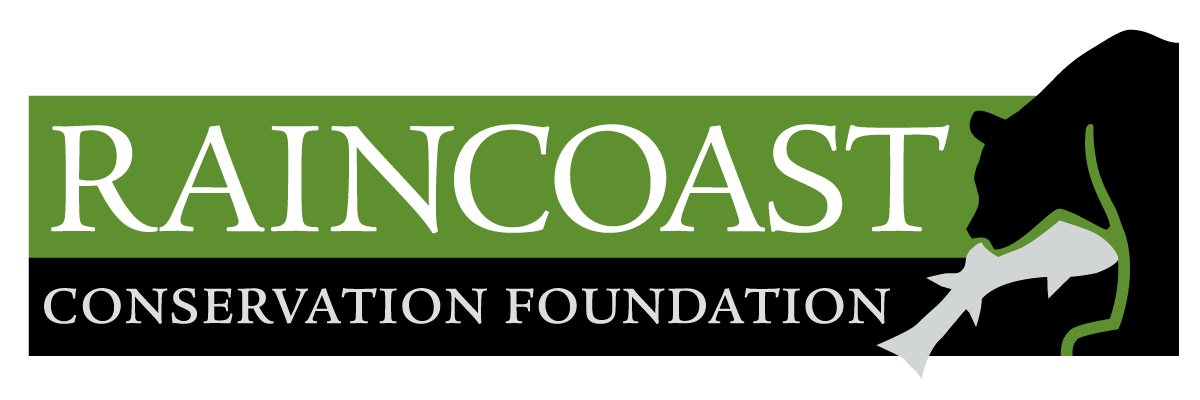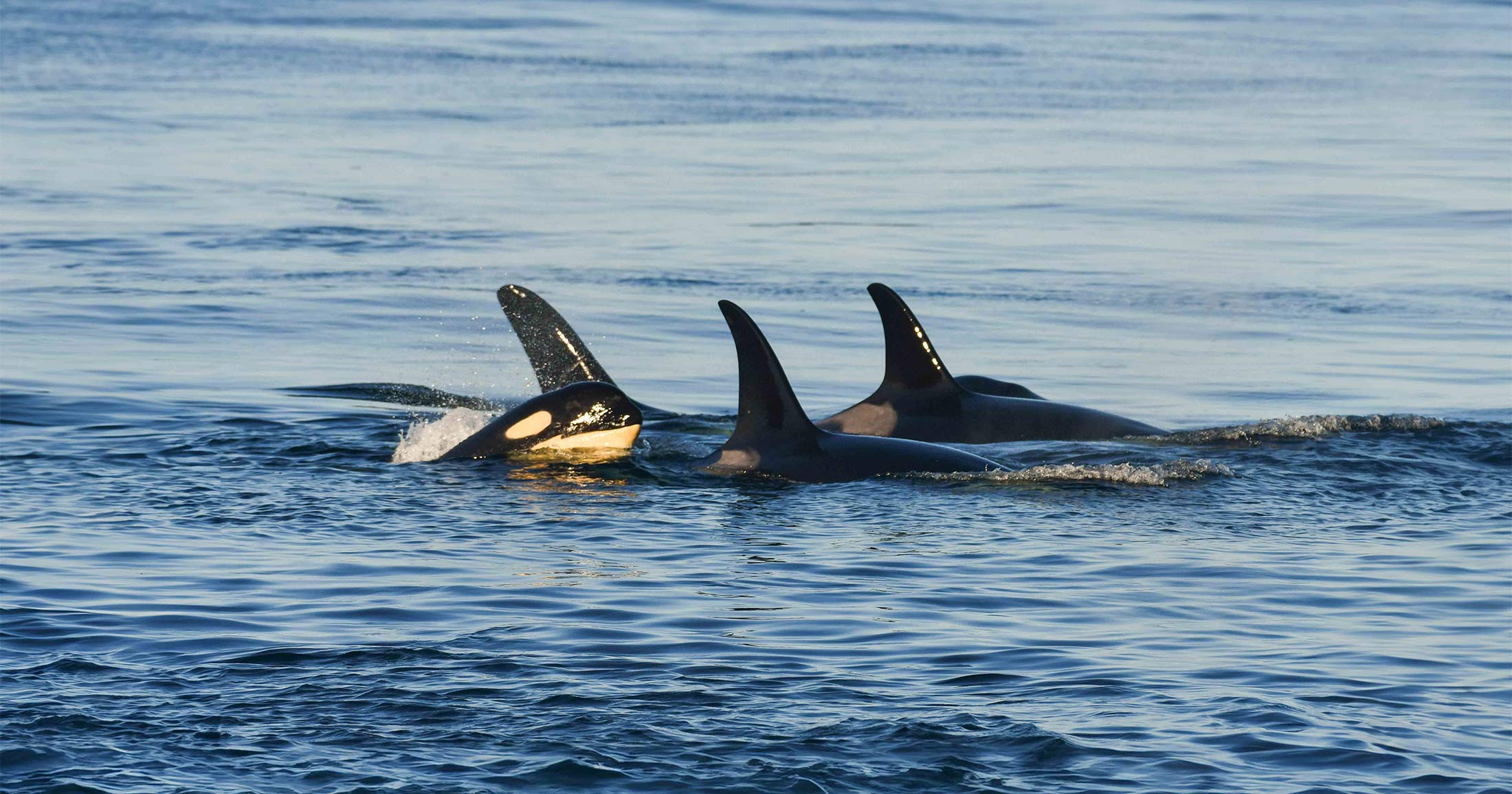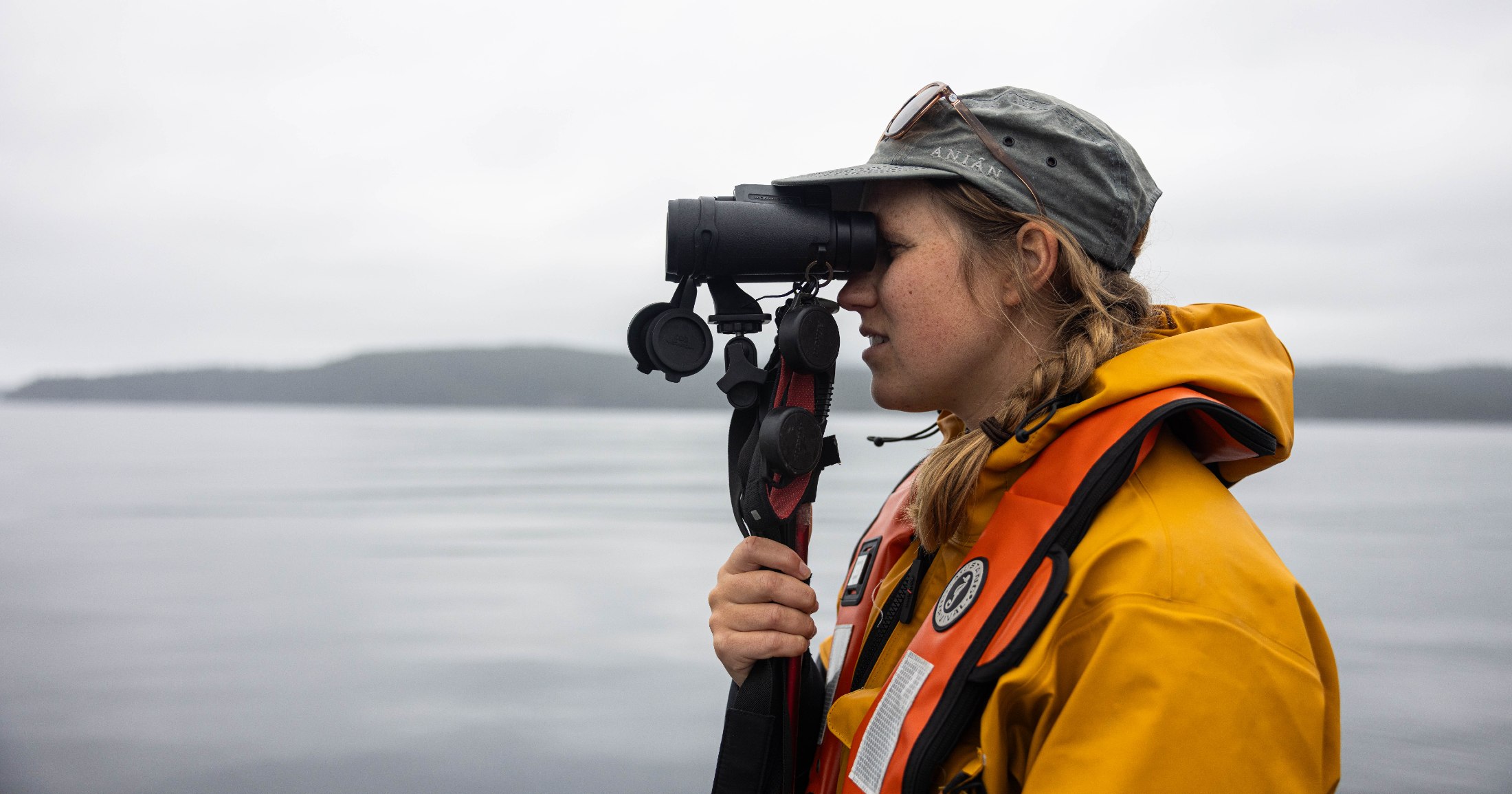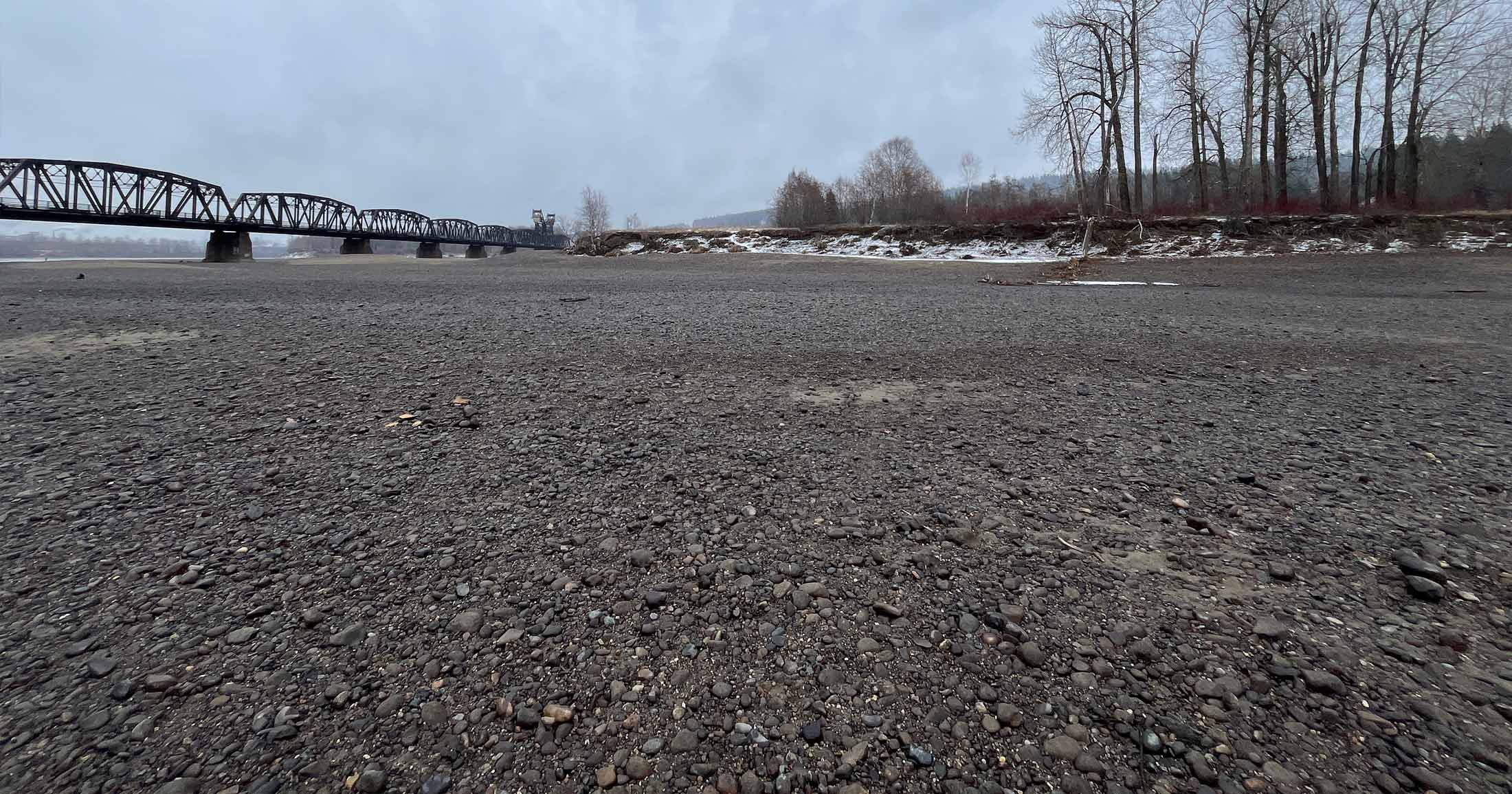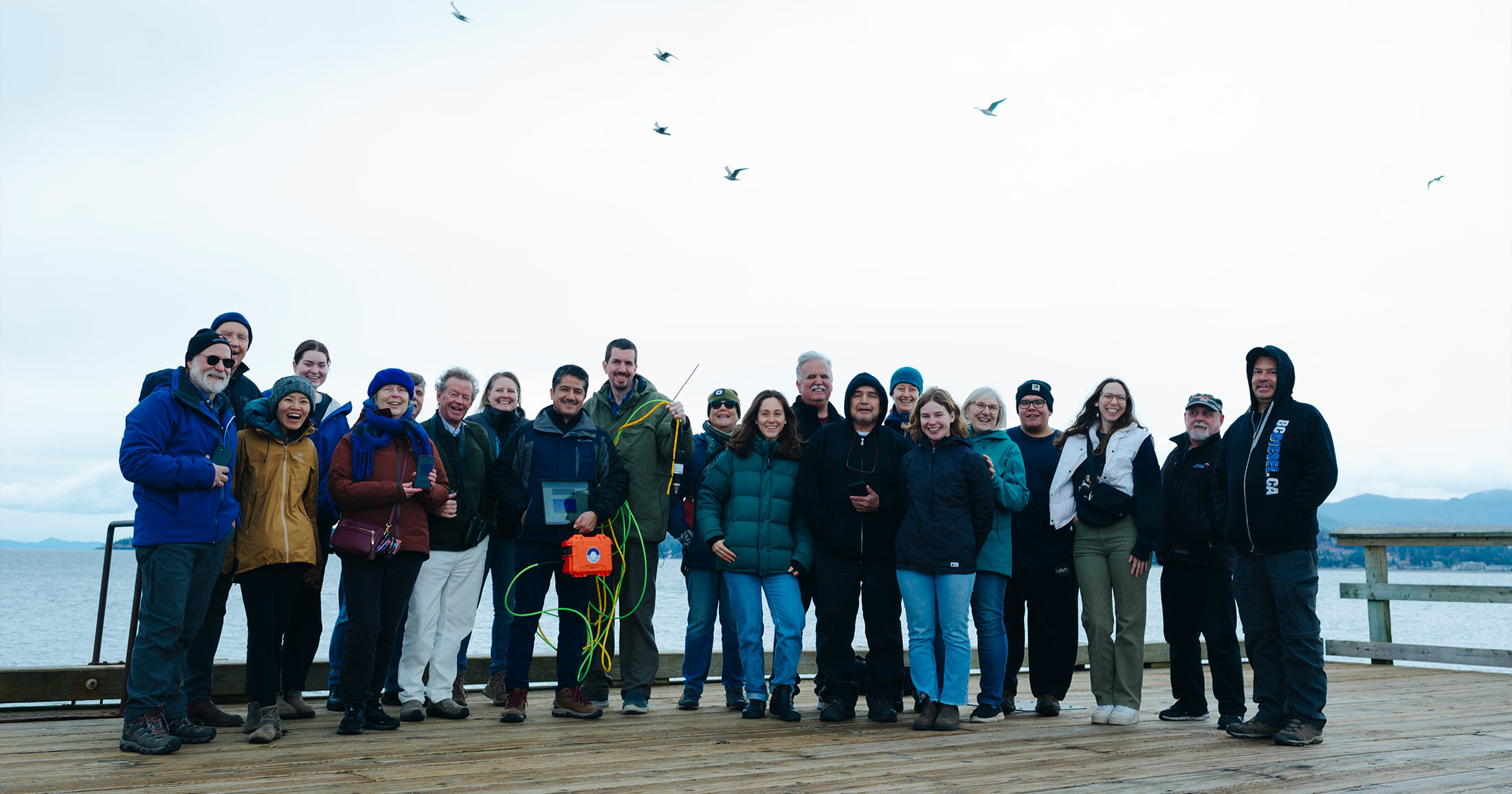A Lousey Time in Clayoquot Sound

By Mike Price, Biologist,
Raincoast Wild Salmon Project
Clayoquot Sound; the name conjures up images of mist-shrouded emerald forests, islands of volcanic shapes, wave-pounded shorelines blessed with white-sand beaches, and the site of massive civil uprising against natural destruction; a World Heritage Biosphere Reserve. I spent much of my youth enjoying the beauty of Clayoquot Sound, sharing summer waves with harbour seals, kayaking with white-sided dolphins, enjoying respite from a busy life. Everyone who visits this wild, west coast remains touched by its majesty.
My latest trip to Clayoquot was different in many ways. It was early March for one thing, and the air was sharp enough to take your nose off. No lazy days on the beach soaking in the sun and scenery — I was here to address the recent concern that “something’s going on in the Sound” as a result of the presence of the salmon farming industry.
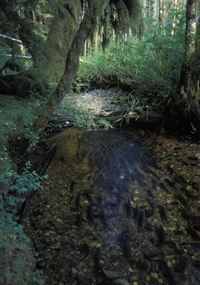
I hop into an open herring skiff with my colleague and we ply our way through to Dixon Point. Dixon Point is situated on the northern end of Clayoquot Sound, and what temporarily resides here is the reason for our visit: a twelve-pen, open-net, salmon farm owned by the multinationalcorporation Mainstream. Surprisingly, this is just one of 23 salmon farm tenures located throughout this Biosphere Reserve.
Spawning salmon in Clayoquot Sound
We begin our search for lice around the farm using a plankton-net since juvenile salmon have yet to begin their seaward migration. We monitor the area adjacent to three farms and three control sites. As our nets reveal an abundance of sea lice, we are momentarily thankful for the absence of juvenile salmon in this area. Dixon Point has more lice than ever recorded in the Broughton Archipelago, an area of documented salmon population crashes due to farms. Chinook populations from the terrestrially protected Megin River (situated only a few kilometres from Dixon Point) have plummeted the last few years to unprecedented lows. We empty the contents of the net into a jar, head towards the Megin, and tow upstream from the farm to compare our findings in the control site.
As the sun begins its western dance low on the horizon, I ponder the results of our study. Each farm showed elevated levels of sea lice; the control sites none. Clayoquot Sound is a World Heritage Site, an area British Columbians believe to be fully protected and yet it is evident that wild salmon populations here remain exposed to dangerous threats.
In the Great Bear Rainforest, a significant portion of the landscape remains unprotected and new farm sites have been approved despite a recent government committee recommendation for no new salmon farms in the province. Raincoast’s Salmon Team aims to further monitor and identify lice levels in the area with the goal of preventing such farms from becoming fully operational.
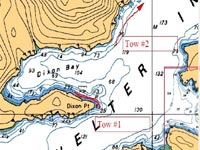
Dixon Point on the chart
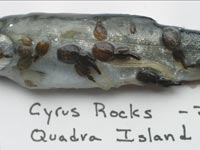
Salmon farms result in sea lice infestations

Clayoquot Sound Salmon Farm
Support our mobile lab, Tracker!
Our new mobile lab will enable the Healthy Waters Program to deliver capacity, learning, and training to watershed-based communities. We need your support to convert the vehicle and equip it with lab instrumentation. This will allow us to deliver insight into pollutants of concern in local watersheds, and contribute to solution-oriented practices that protect and restore fish habitat.

